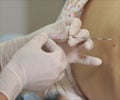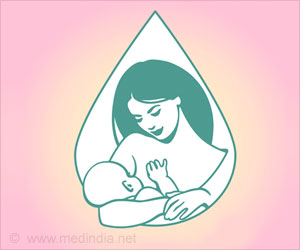A study has revealed some dramatic findings from a 10-year initiative called the “No Pain Labor N’ Delivery China Mission.”

• The labor epidural rate increased from 0 to 59 percent.
• The Cesarean delivery rate decreased from 47 to 30 percent.
• The rate of episiotomy decreased from 73 to 25 percent.
• Tests assessing stress levels of newborns indicated that the infants were less stressed.
The mission was founded by Ling Qun Hu, M.D., a Chinese-Canadian anesthesiologist from Northwestern University Feinberg School of Medicine, Chicago. Dr. Hu’s goal is to establish more than 10 training centers in China to teach safe and effective labor analgesia practices, particularly epidural analgesia, over a 10-year period.
The vast majority of women in China do not have the option of pain relief during labor. The country also has the highest overall Cesarean delivery rate in the world and the highest rate by maternal request (no medical indication). Although Chinese women express concern about the safety of vaginal delivery and the pain associated with it, Cesarean delivery (in both first and third-world countries) is associated with higher rates of maternal death and severe complications.
“It has been a dream for Chinese women to give birth without pain and without compromising safety,” said Dr. Hu. “Common questions on Chinese childbirth websites include: Where can I get labor pain relief? Which pain relief method is the best? and Is pain relief medication safe for my baby?”
Using the No Pain Labor system, the Shijiazhuan Gynecology and Obstetrics Hospital near Beijing initiated a labor epidural service and experienced dramatic results in the first six months. Before the study, none of the women took pain relief medication, and around 50 percent had Cesarean delivery. After six months, epidural analgesia was chosen by more than half of the women, even though 100 percent of the cost was assumed by the patient. Also, the monthly birth rate in the hospital went from 747 to 1,046, despite the fact that women in the community have a choice of several hospitals and two-thirds of area births take place in other facilities.
Advertisement
Every year, approximately eight million children and more than 350,000 women die of preventable causes related to pregnancy and childbirth. The World Health Organization Millennium Development Goal Five aims to improve women’s health by decreasing the maternal mortality ratio by 75 percent between 1990 and 2015.
Advertisement













